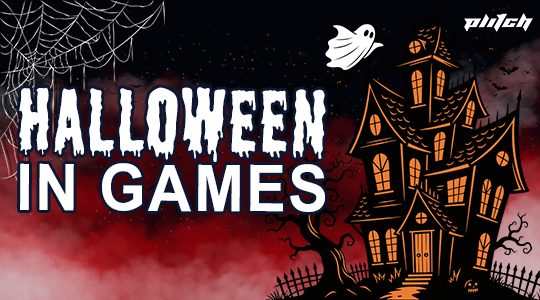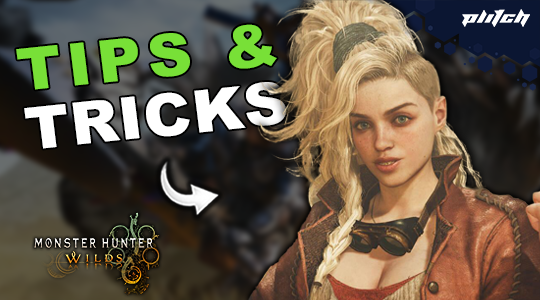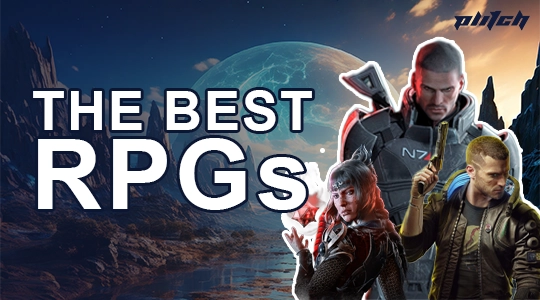Monster Hunter is one of Capcom’s most successful franchises, but its journey from niche Japanese action RPG to worldwide sensation wasn’t instantaneous. The series has evolved tremendously since its debut, with each new title refining the core hunting mechanics and broadening the game’s appeal. Let’s dive into the history of Monster Hunter and see how it became the giant it is today.
Table of Contents
The Beginning (2004)
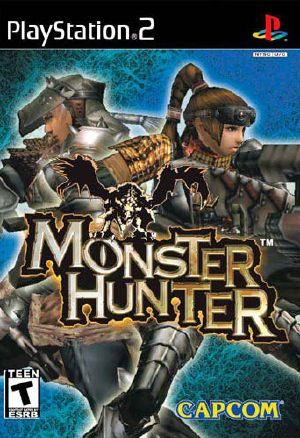
The franchise began in 2004 with the release of Monster Hunter on the PlayStation 2. Along with Auto Modellista and Resident Evil Outbreak, it was one of three games designed to take advantage of the PS2’s internet capabilities.
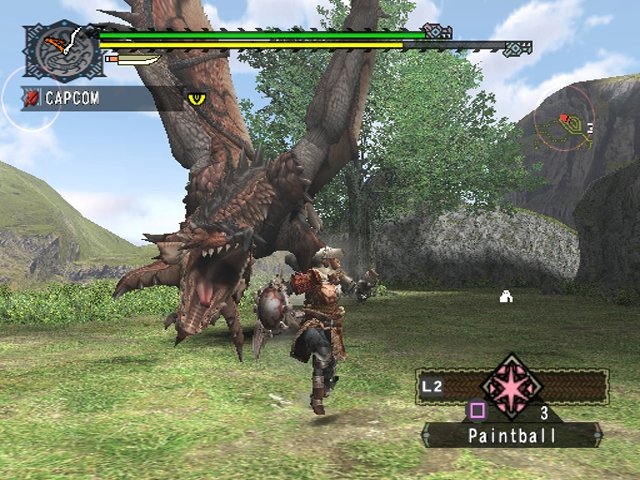
It introduced the now-iconic gameplay loop: players hunt massive monsters in a prehistoric fantasy world, harvest materials, craft better equipment, and repeat. Unlike traditional RPGs, the game didn’t focus on character leveling; instead, it relied on players to upgrade their weapons and armor by gathering materials. But its heavy reliance on online co-op was ahead of its time, and the controls felt clunky compared to other action RPGs.
Despite these challenges, the game gained a dedicated fanbase in Japan. However, due to its steep learning curve, it struggled to gain traction outside of Japan. Nevertheless, Capcom saw potential and released an expanded version, Monster Hunter G, which set the precedent for future enhanced editions.
The Portable Revolution: PSP and Nintendo Dominance (2005–2015)
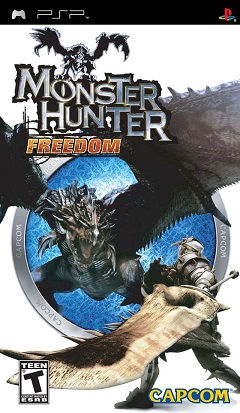
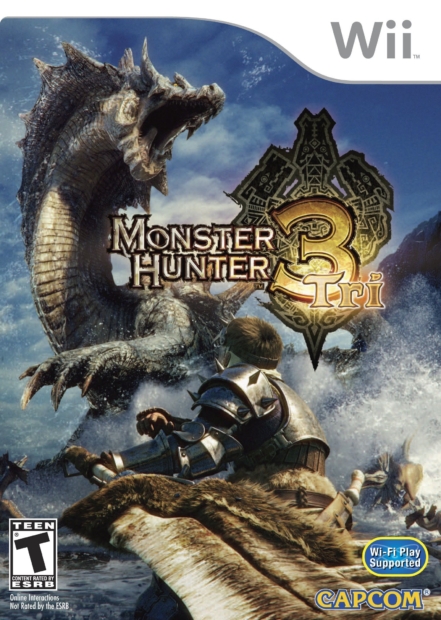
The true rise of the franchise came with its shift to handheld consoles. Capcom improved the formula with Monster Hunter 2 (2006), but the PlayStation Portable versions – Monster Hunter Freedom (2005) and its sequels – popularized the franchise in Japan. The ad hoc multiplayer mode allowed groups of four to hunt together locally, making it a social experience that fit perfectly with Japanese gaming habits and leading to sold-out PSPs and gatherings of players in parks and cafés.
Looking to expand the franchise globally, Capcom moved to Nintendo platforms, launching Monster Hunter Tri on the Wii in 2009 and later bringing Monster Hunter 4 and Monster Hunter Generations to the Nintendo 3DS. The 3DS versions were the first to see significant Western interest thanks to improved accessibility and better online play, leading Capcom to invest more in localization and marketing outside of Japan.
A New World: The Global Breakthrough (2018–Present)
Capcom knew that for the series to truly thrive worldwide, it had to embrace modern gaming hardware. Enter Monster Hunter: World (2018), which launched on PlayStation 4, Xbox One, and later on PC. With seamless open environments, streamlined mechanics, stunning graphics, and robust online co-op, World became a massive hit, selling over 21 million copies. It became Capcom’s best-selling game of all time and introduced millions of new players to the franchise, finally making it a household name worldwide.
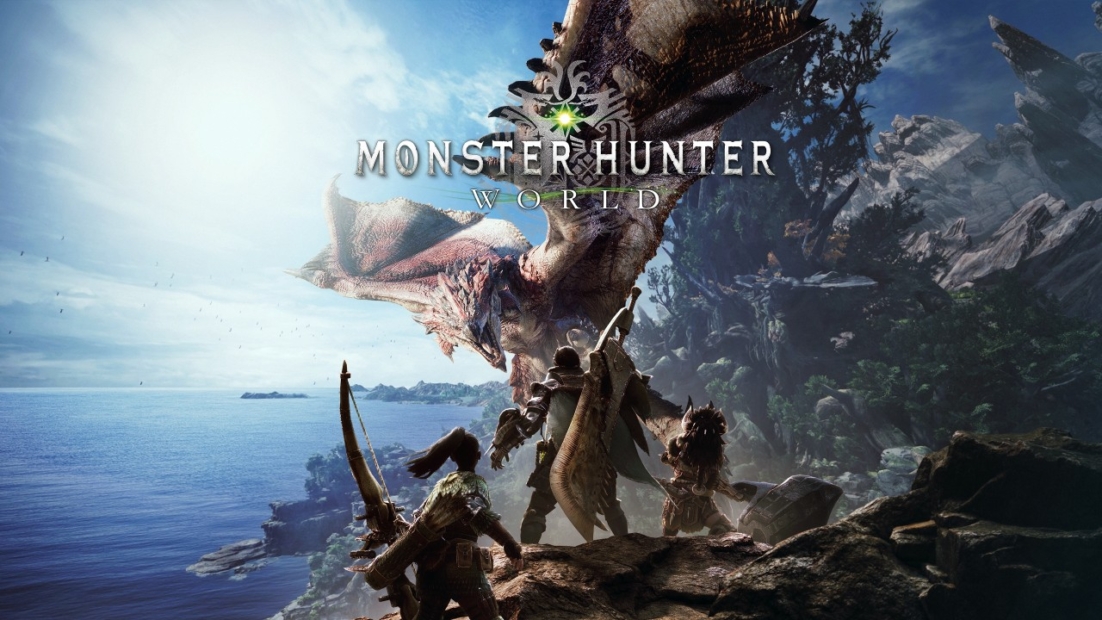
Building on this momentum, Monster Hunter Rise (2021) launched on the Nintendo Switch and later on PC, combining the accessibility of World with the fast-paced action of the handheld titles. Featuring new traversal mechanics like the Wirebug and a faster-paced combat style, Rise was another huge hit, further cementing the franchise’s place in the modern gaming landscape. Its expansion, Sunbreak, pushed the game’s total sales to over 15 million.
Spin-Offs and Expanding the Universe
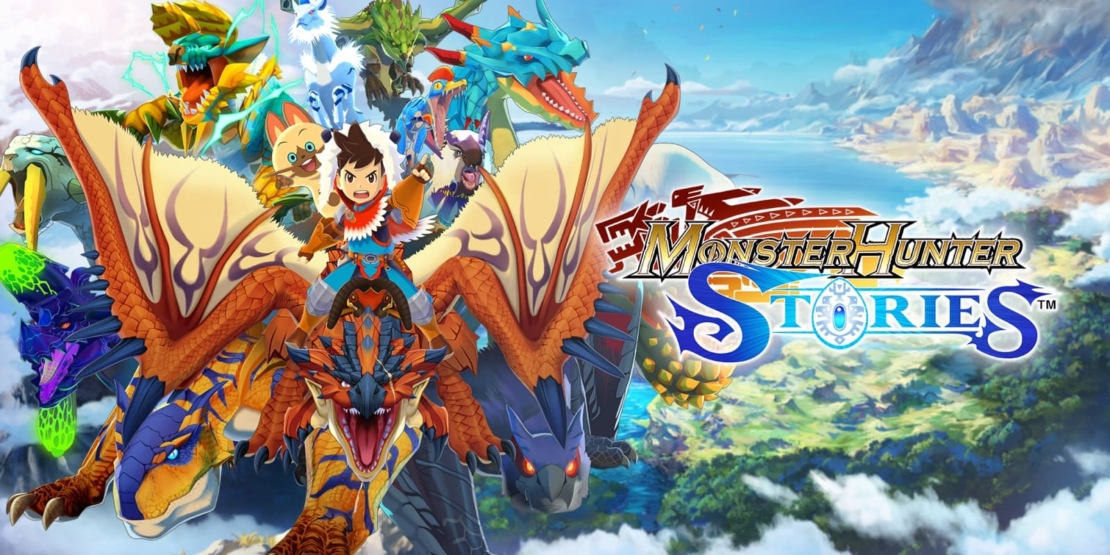
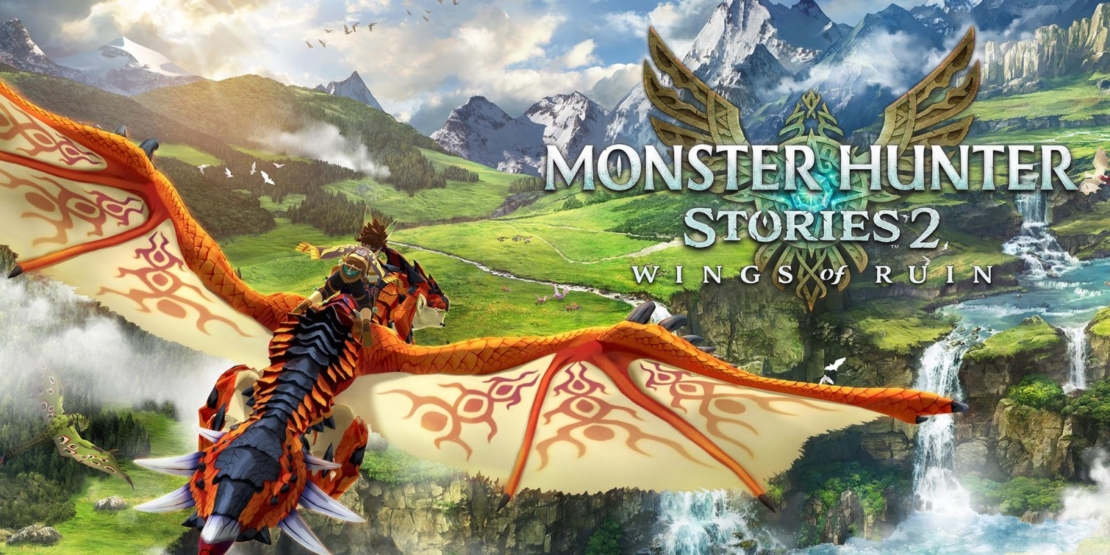
Beyond the main series, the franchise has also explored spin-offs. Monster Hunter Stories (2016) and its sequel, Monster Hunter Stories 2: Wings of Ruin (2021), took a turn-based RPG approach, appealing to a broader audience. Other spin-offs, like Monster Hunter Frontier (an MMO), Monster Hunter Explore, and collaborations with games like Final Fantasy and The Witcher 3, have kept the franchise fresh and diverse.
The Future: Monster Hunter Wilds and Beyond
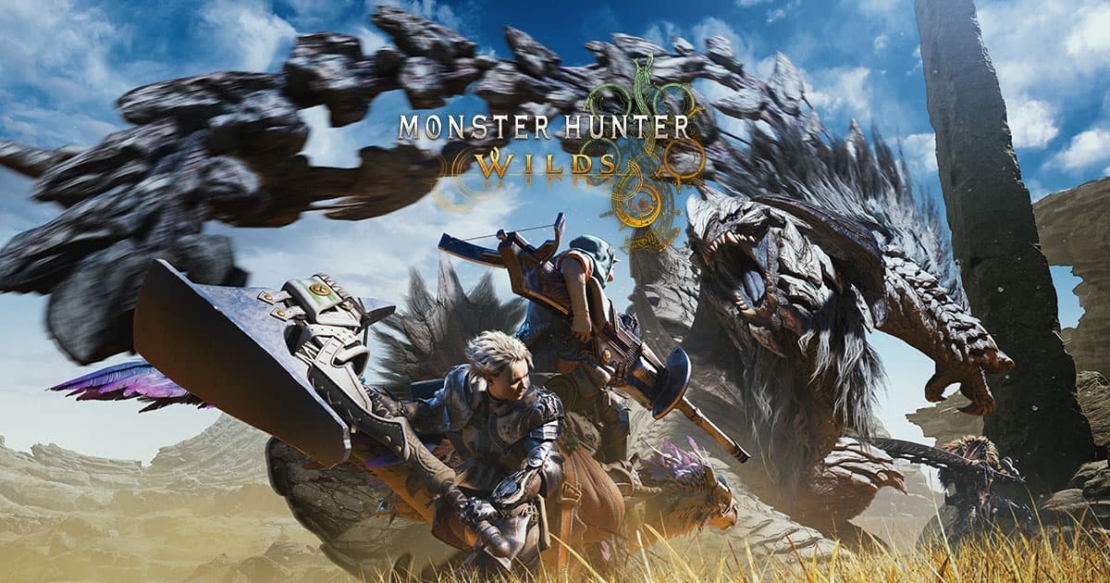
With the release of Monster Hunter Wilds in February 2025, the franchise will continue to push the boundaries with new technologies and gameplay innovations. The game will be the first mainline entry built for PlayStation 5 and Xbox Series X/S, promising a more immersive hunting experience than ever before.
The Monster Hunter Franchise in Other Media
In-Game Crossovers
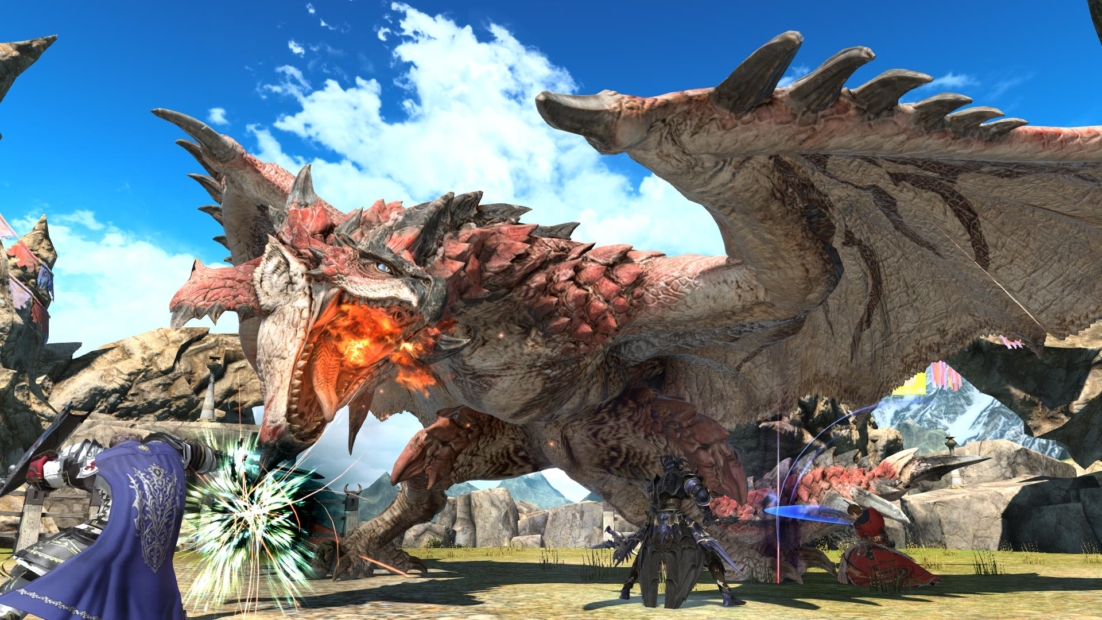
The series has had numerous crossover events with both Capcom franchises and other major titles.
- A female Hunter is a playable character in Marvel vs. Capcom: Infinite, alongside a stage blending Monster Hunter‘s Val Habar with Black Panther‘s Wakanda.
- Iconic monsters like Rathalos and Tigrex appeared in Metal Gear Solid: Peace Walker, while Rathalos also made guest appearances in Final Fantasy XIV, Super Smash Bros. Ultimate, Dragalia Lost, and Arknights.
- Monster Hunter: World featured crossover events with Resident Evil, Mega Man, Assassin’s Creed, and The Witcher.
Anime Adaptations
- MonHun Nikki Girigiri Airū-mura Airū Kiki Ippatsu (2010) and its sequel offer comedic short films featuring the game’s feline companions, the Felynes.
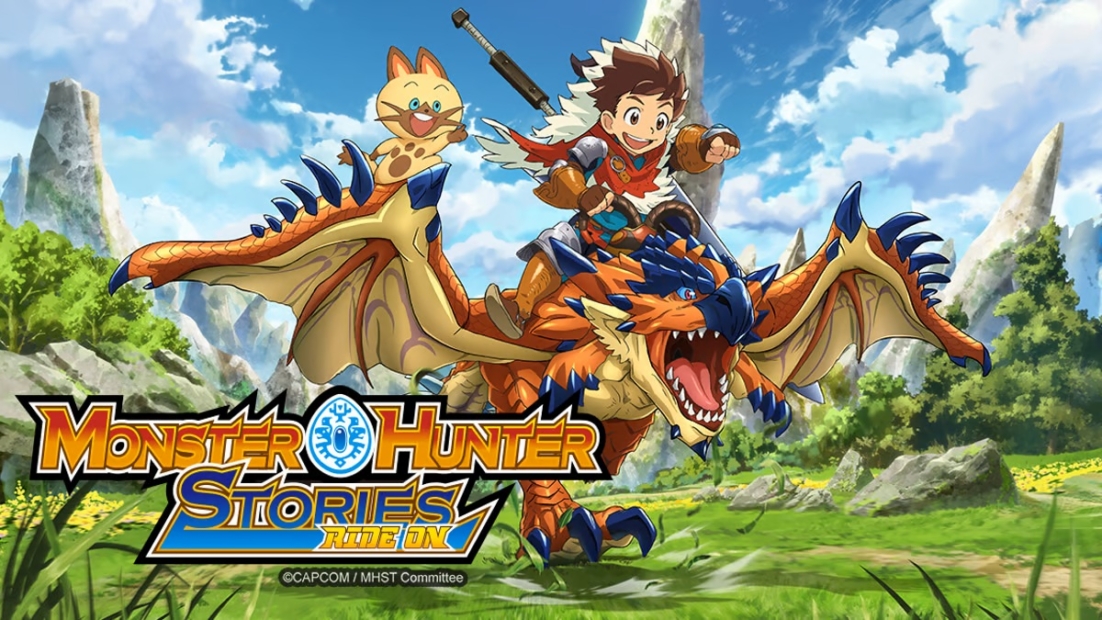
- Monster Hunter Stories: Ride On (2016) is a full-length anime based on the spin-off game Monster Hunter Stories. It follows young Riders who bond with Monsties, friendly monsters they hatch from eggs. The story focuses on protagonist Lute and his friends as they battle a growing threat called the Dark Blight, which corrupts monsters.
Manga and Comics
- Monster Hunter Orage (2008-2009), created by Hiro Mashima (Fairy Tail), follows Shiki, an aspiring Hunter, on a quest to find the legendary Myo Galuna.
- Worlds Unite, a crossover comic from Archie Comics, includes elements from Monster Hunter alongside Sonic the Hedgehog, Mega Man, and other Capcom/Sega franchises.
Live-Action Movie
The Monster Hunter movie (2020), directed by Paul W. S. Anderson, brought the franchise’s massive creatures to the big screen with a Hollywood action twist. The film stars Milla Jovovich as Artemis, the leader of a UN task force who is transported to a world filled with giant monsters. Teaming up with a skilled local Hunter (played by Tony Jaa), they fight to survive and prevent the creatures from invading Earth.
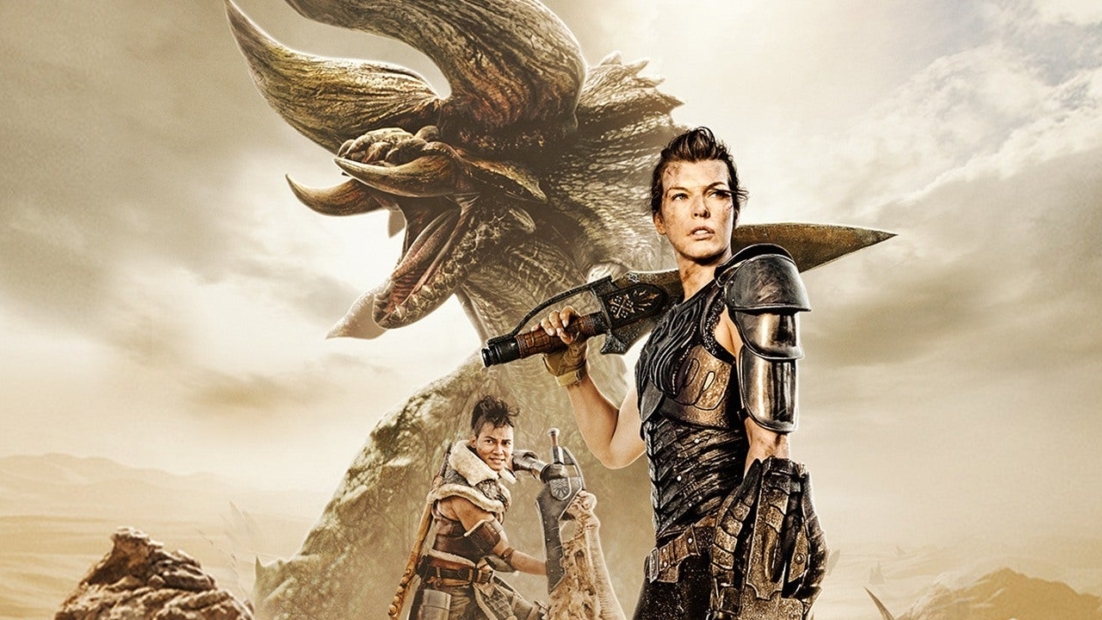
While the movie received mixed reviews, especially from fans of the games, it was praised for its monster designs and action sequences. Despite its box office challenges, it introduced the franchise to a broader audience and left room for potential sequels.
💡 Tip: If you’re interested in video game movies, check out our blog about the biggest tops and flops!
Animated Film
Monster Hunter: Legends of the Guild (2021) is a 3D animated film released on Netflix. It’s a lore-focused prequel to the games. The story follows Aiden, a young and ambitious Hunter who sets out to protect his village from an Elder Dragon. The movie explores the dangers of the game world and the responsibilities of those who face its colossal threats.
